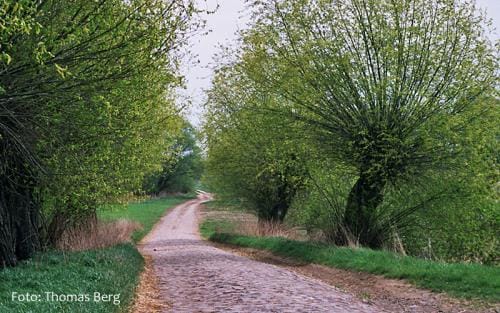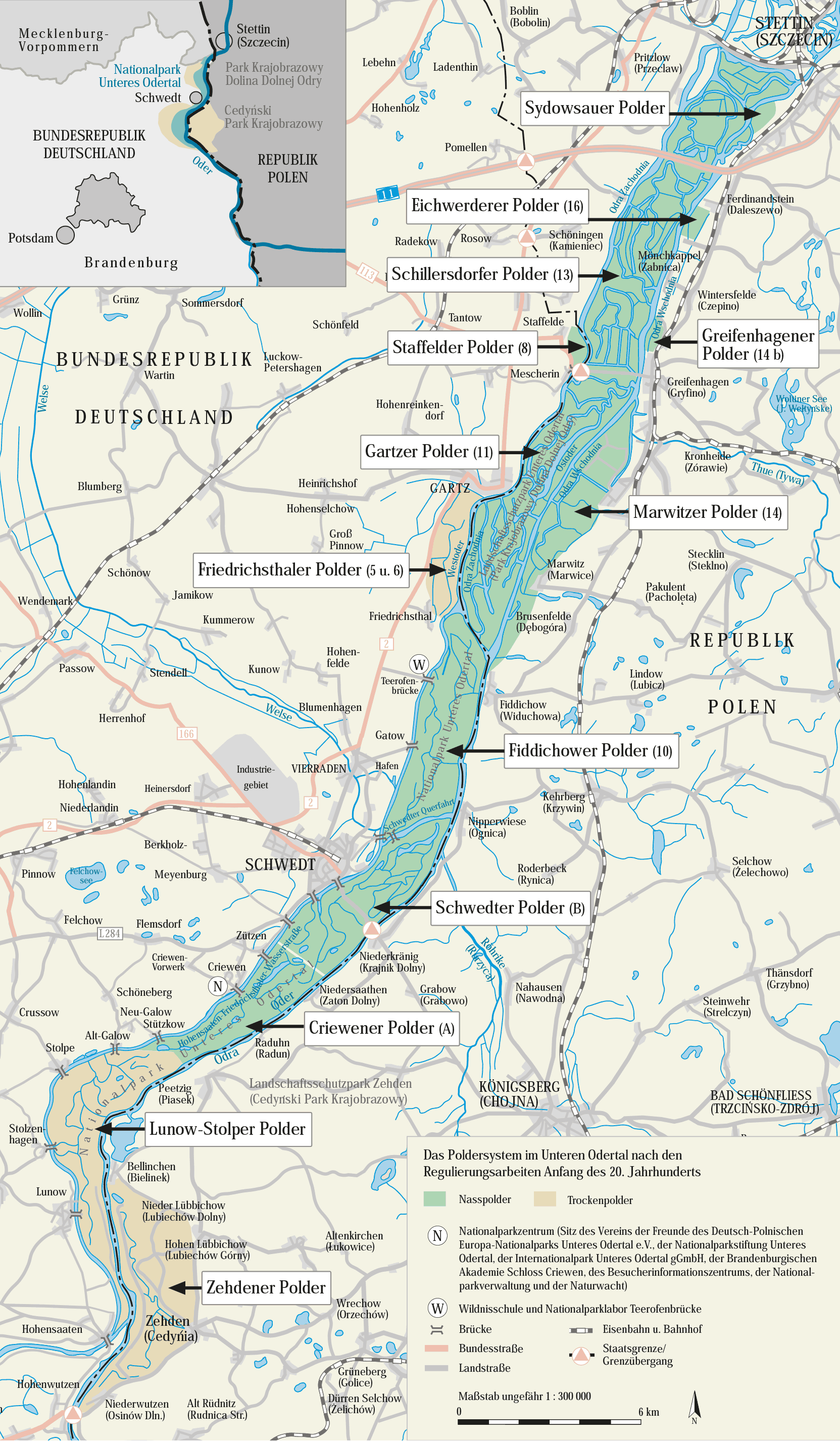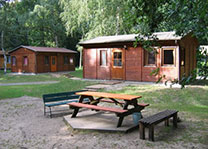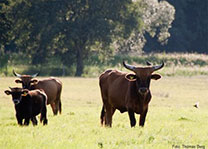
Dry polder near Stolzenhagen
The maintenance and development plan for the dry polders does not provide for these polders to be opened to natural flooding. For nature conservation reasons, an opening of the dike at least temporarily in the Lunow-Stolper dry polder would be desirable, but the dry polder is too deep or the river or its bottom is now too high. If the dike on the river Oder were opened, the dry polder would fill up when the water level on the Oder was appropriate. However, the Lunow-Stolper Polder is to be gradually converted to pure grassland management, so that at least in the event of extreme floods this polder could also be flooded in order to cut the high water tip of the Oder. The flooding of arable areas would be problematic because of erosion and the entry of chemical fertilizers and pesticides into surface waters. Such a strategy would increase the retention areas for extreme floods; it serves flood protection and not primarily nature conservation. But the dry polders are also of great importance for nature conservation as alternative areas for plants and animals that have adapted as cultural successors to extensive cultivation by humans. Such alternative areas are needed because the national park concept provides for 50 percent of the area to be taken out of use, which is therefore unsuitable for certain cultural followers.









